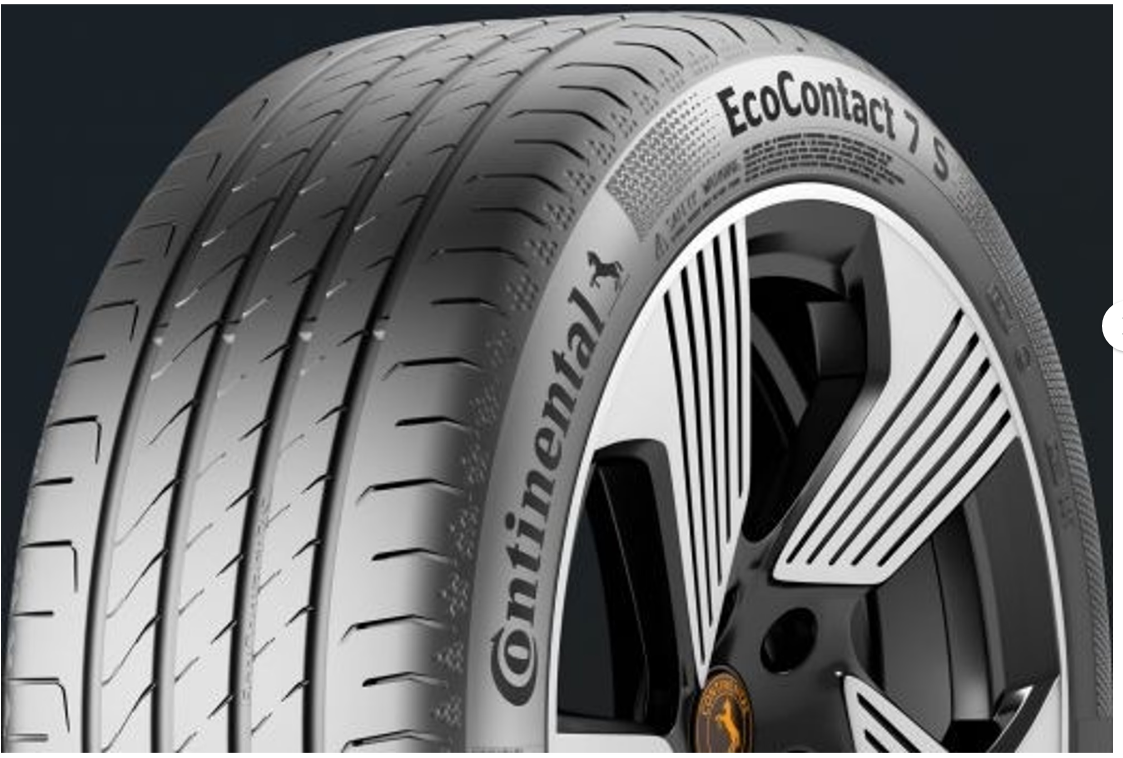Last Updated on August 10, 2025 by Tom
Continental released the EcoContact 7 and EcoContact 7 S, and it wasn’t about saving fuel or embracing the turns on a winding country road. These tires are a level above the rest of the market, with dimple innovation and a new approach to tackling summertime road trips.
Engineers took a cue from the fairway and added those small air-cutting scoops onto the sidewalls of these tires. Why? They realized that minute changes in the surface could trim turbulence and reduce drag, meaning less energy needed to move.
You probably didn’t expect aerodynamics to play a big role when it comes to choosing tires, but here you are, wondering how a line of summer tires began copying tech from your afternoon tee time. Let’s take a look into the latest Continental technology and how these tires stack up against other leading models.
The Continental Green Chili Twist
Now let’s talk about what actually gave these tires their character—the Green Chili 3.0 compound. It sounds more like a hot sauce, but that rubber has a serious grip in the rain while keeping your fuel gauge from begging for mercy.
Continental supported the new dimple design technology with its legendary “Smart Energy Casing.” This energy-conserving combination keeps the rolling resistance low without leaving you feeling like you’re sliding all over the road.
When we unpack the tech in this construction, it’s like cutting into a layer cake. The carcass, inner layer, and sidewalls of the tires all received upgrades. But not flashy upgrades focusing on aesthetics, they removed friction—giving you a model that’s primed for performance, without costing you more at the gas pump.
Two Tires—Two Driving Moods
We’ve mentioned that there are two models in this EcoContact range—the 7 and 7 S. How do they differ? It depends on how you drive and what you’re looking for in a new set of tires. The EcoContact 7 focuses on fuel efficiency and producing fewer emissions—great if your ride is more urban-grid rather than canyon road.
The 7 S put a bit more bite back in the tire, targeting the type of driver where instant torque tends to leave tires scrambling against the road. Continental had obviously given a lot of thought to the quiet needs of heavier EVs when they assembled this one—It not only grips the road, it whispers along while it devours the tarmac.
Roll Along Quietly—Stop with Confidence
The EU label ratings of Class A for rolling resistance, and good Class A/B for wet braking and noise. It means you can roll up quietly to the next set of lights and slow down without worrying about the wet weather spinning you out.
Aure, it’s not the headline-grabbing performance specs some manufacturers lead their marketing campaigns with, but rather the tale is in the balance, grip, quiet operation, and fuel efficiency of these models and how they get on with the job without asking for the attention.
So yes, Continental didn’t just deliver new models to the EcoContact range, it delivered real innovation that shows in the data—and on the road.

